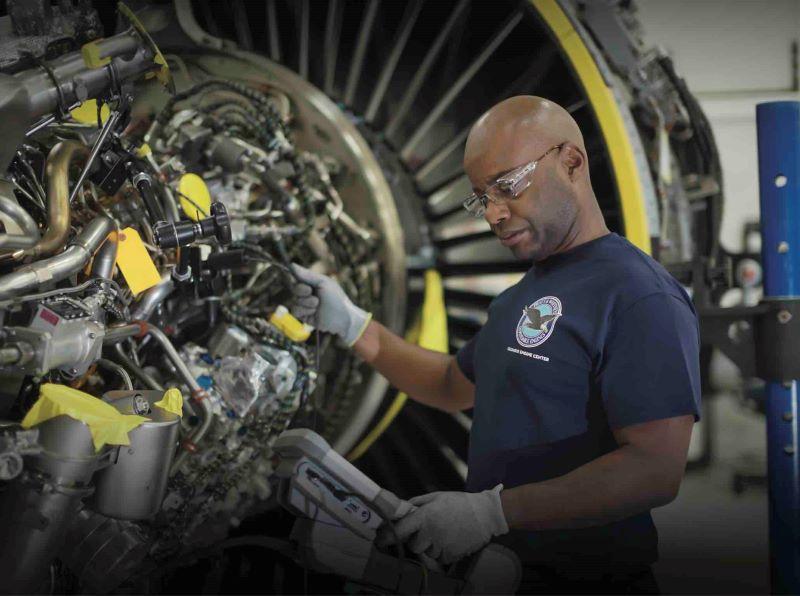
Credit: Pratt & Whitney
A steady increase in global air transport demand has some big-picture aftermarket metrics approaching pre-pandemic territory, while a projected jump in engine maintenance will help total commercial MRO revenues surpass 2019 levels in 2023, a Naveo analysis shows. Global aircraft fleet utilization in...
Subscription Required
Engine Aftermarket Outlook Bright As Utilization Rises is published in Aviation Daily, an Aviation Week Intelligence Network (AWIN) Market Briefing and is included with your AWIN membership.
Already a member of AWIN or subscribe to Aviation Daily through your company? Login with your existing email and password
Not a member? Learn how to access the market intelligence and data you need to stay abreast of what's happening in the air transport community.




